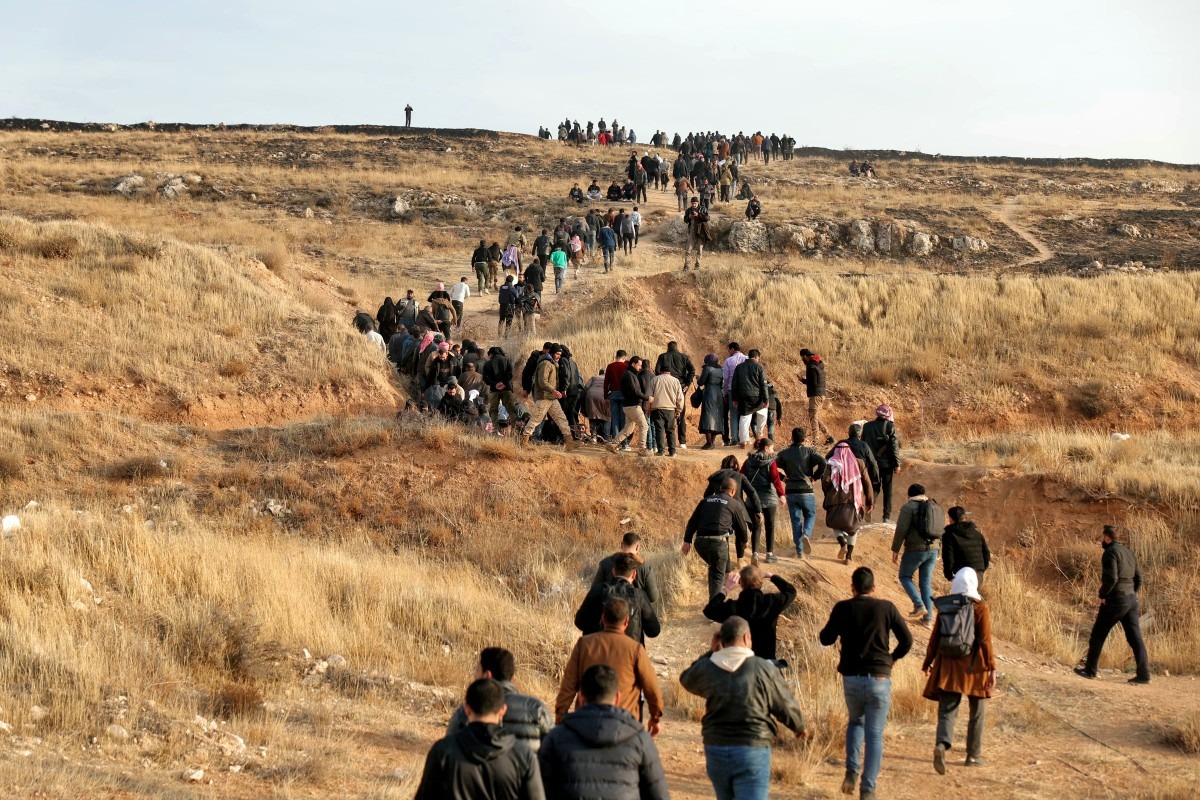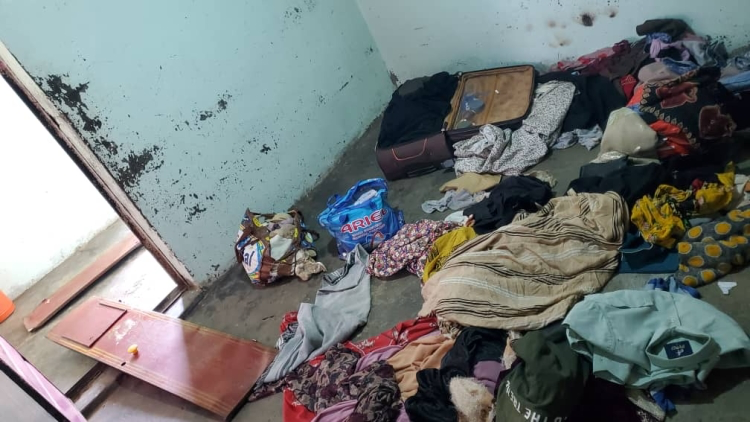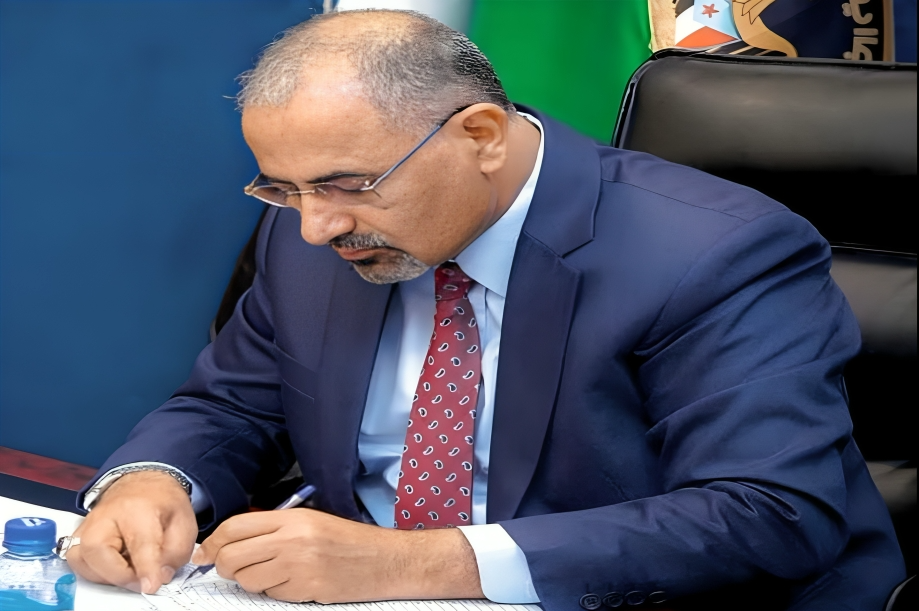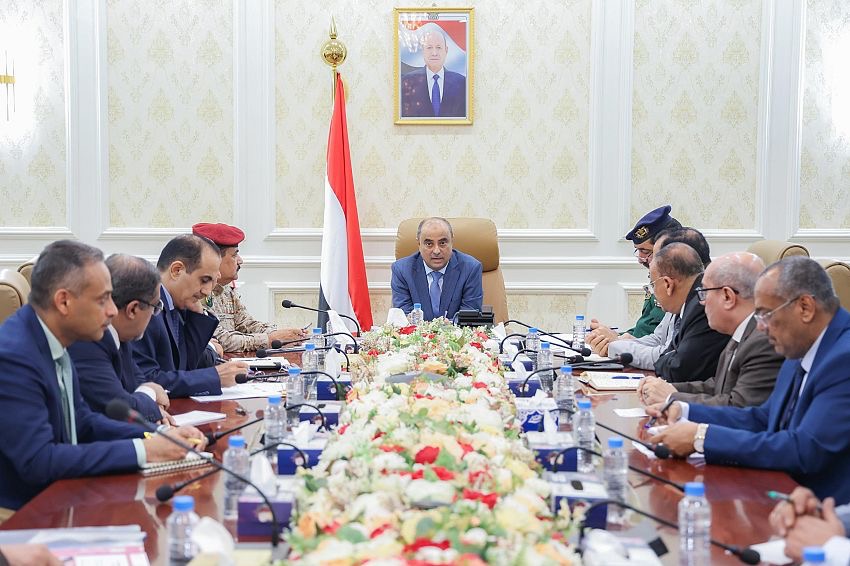
Barran Press
On December 14, 2024, the American magazine TIME reported the discovery of a mass grave located in the suburbs of Damascus, which has since been converted into a military base for Hezbollah. This site allegedly contains the remains of thousands of prisoners who were executed or died due to torture in Bashar al-Assad's prisons between 2011 and 2017.
According to Syrian officials cited by TIME, thousands were secretly buried during Assad's rule at a site approximately 50 kilometers northeast of Damascus, as families search for over 100,000 missing Syrians. Residents across various cities believe they have knowledge of where these missing individuals are buried, having observed soldiers digging or trucks stopping without explanation.
Abdul Boujihad, a 42-year-old grave digger near the town of Aqirba, recounted that trucks arrived at night, often leaking blood. "We saw blood still on the road the next day," he noted.
Satellite images analyzed by the publication show a large wall surrounding watchtowers at the site, which was previously an ordinary cemetery but appears to have been transformed into a mass grave since 2012.
The report highlights staggering figures regarding the regime's detentions and killings since the uprising began in 2011. An estimated 136,000 individuals are listed as missing, with around 31,000 released, indicating that at least 105,000 people are presumed dead.
Evidence is mounting that many former detainees were buried in mass graves near Qutaifa, about 50 kilometers northeast of Damascus. Local officials stated that thousands were secretly interred between 2013 and 2015. Still, the area was cleared two years ago to serve as a Hezbollah base, now marked by abandoned military vehicles and communication equipment.
Mohammed Abu Al-Bahaa, a 40-year-old teacher from Qutaifa, described witnessing soldiers digging trenches and later encountering a horrific odor. When he inquired, soldiers told him it was "from the bodies." Over the following months, he observed soldiers placing corpses into the trenches, often transported in refrigerated trucks, with many bodies wrapped in large plastic bags.
The TIME report corroborates satellite imagery of Qutaifa, with the town's leader confirming the mass grave's creation after local opposition to burying prisoners in unmarked graves in the public cemetery. "At that time, blood was cheap; anyone could be killed for the slightest reason," he stated, emphasizing the arbitrary nature of arrests and executions.
Diab Sariya, who works with a group focused on the detained and missing from Sednaya prison, noted that this site was where individuals killed in detention centers were sent.
Imad Al-Jamm, a 40-year-old former detainee, recounted witnessing groups of 50 to 400 prisoners being taken to execution. He explained that while executions were once frequent, they have become rare since 2022, with no one remaining in prison who was detained before 2017.





